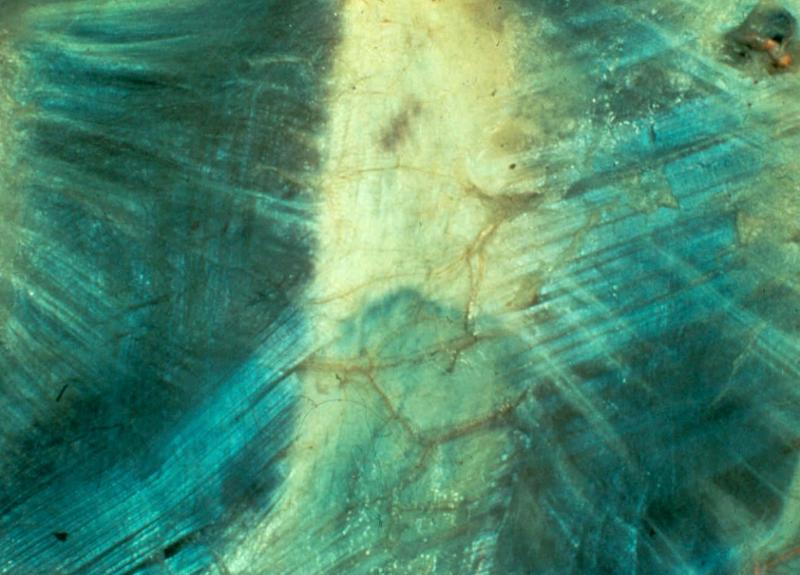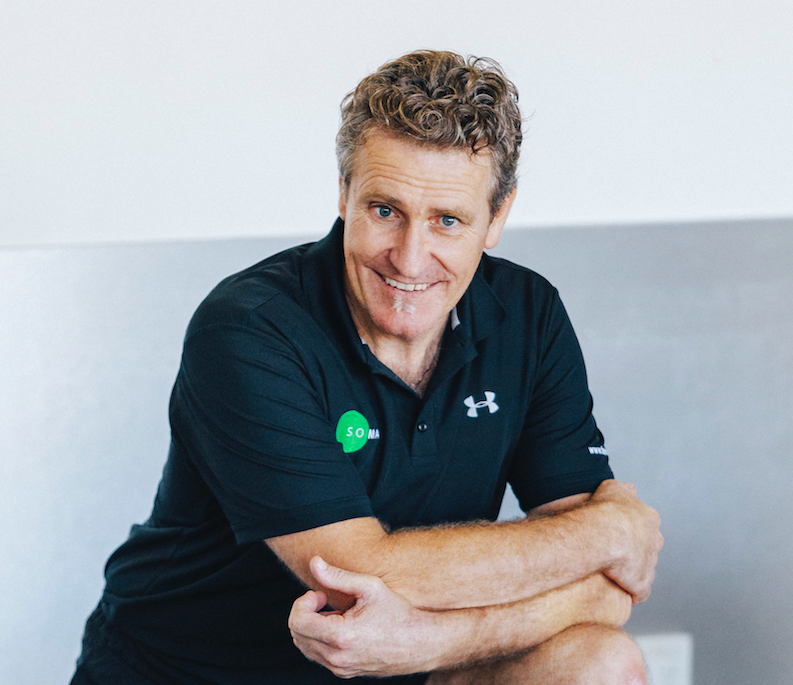
By Ian O’Dwyer, SOMA
It interests me greatly to observe the various types of exercises and programs that are prepared and delivered by physical trainers, therapists, coaches and yoga teachers with comprehensive knowledge in their areas.
Experience has empowered me to appreciate the difficulty in trying to create success for a large number of people, who each have varied movement challenges or goals.
As a Movement Practitioner, the question still arises for me “What tissues are we effecting (in the human being) and what do they require for success?”
My background has evolved around horses. Dad had a team of draught horses that he built dams and main channels with, these carried the irrigation waters required for irrigation of farmland in our region after the war. Dad’s horses were everything to him not just because they were his vehicle for survival, but because they became his best mates; he was truly at one with animals.
Dad’s focus was always on longevity and wellness of his horses, having them in optimal condition to allow their performance to be as minimally taxing as possible on all levels; physically, mentally and emotionally.
Dad was sensitive to how the tissue on the outside is a reflection of the tissue on the inside. This is how I have always envisaged we should observe and condition our clients and students.
As I journeyed down the sporting path I saw the difference between how athletes viewed and conditioned the human being compared to horses. In human athletic endeavors, we focused heavily on two major tissues: nerve and muscle.
This created many questions in my head, as it was evident, even in the early days of my football career (real football… Aussie Rules!!!) that players were consistently breaking down with knee, ankle, groin or shoulder injuries.
From a SOMA perspective, we see the body in 4 primary Osteo-Myofascial Rings™ all linked together.
Each “ring” refers to a region of the body where large amounts of tissue all come together. The tissue in each ring consists of both soft and hard tissue.
- The Shoulder Ring consists of all the tissue associated with the cervical and thoracic spine, shoulders, and ribs.
- The Pelvic Ring consists of all the tissue associated with the lumbar spine, sacrum, pelvis, and hips.
- The Knee Ring consists of all the tissues associated with the knee.
- The Ankle Ring consists of all the tissues associated with the foot and ankle.
SOMA is a self-care, tissue-management process for the osteo-myofacial tissues of the body that uses multiple applications to empower you to move, feel, and live better.
This article won’t allow the extent of discussion to cover all of these tissues, so I will focus on the tissue that our industry has magically fallen in love with at present: Fascia.
Fascia is a tissue that in horses is incredibly important and must be understood so as not to injure the animal, possibly jeopardizing his career; similarly due to our physiological construction, fascia has an equally important role in humans.
Fascia is nebulous, it comes in many forms and encases and entwines every cell in the human body! It encases nerve, muscle, bone, viscera, heart, lungs, brain and much, much more. The extracellular matrix, viscera, heart, and brain are all directly connected…who would have thought??
Let’s take a look at certain attributes of fascia that have been identified. I will preface at this point the the science around this is constantly evolving. So I am going to stick with what has actually been observed through my own practice and other practitioners and researchers such as Ida Rolf, Phillip Schleip, and Tom Myers.
Fascia is unitary, it is completely toes to nose, birth to death; it connects every cell in the body (Shultz & Feitis 1996). Fascia transmits and accommodates force globally, allowing the body to share the stress that is introduced through exercise, daily challenges, and indeed any movement.
Fascia will respond in many ways from seconds to months and is vital in every form of somatic training; most body sensing is fascial, it is incredibly sensitive with neural receptors.
We need to cultivate our fascial garden intelligently, feed it, hydrate it and move it well. The Fascial System takes 6-24 months to make major changes or remodel, so perseverance is essential; feeding the body the necessary motion to replicate life’s challenges is crucial.
Fascia requires variation of force and movement to allow optimal adaptation (Huijing 2007, Kjaer et al., 2009.)
Let’s review some of the adaption phases of fascia.
This is important as it will determine how we need to condition it to be successful for the client’s goals. If we choose to ignore these phases it could potentially mean the difference between positive and negative solutions.
- Viscosity; FRACTIONS OF A SECOND, in fast movements different layers move at different speed. Just like catching a cricket ball the hand goes from soft (to be able to move into position) to hard (adaptation to stop the ball) to soft (to be able to throw the ball). Fascia exhibits non-linear viscosity to distribute impact, this is where vector variation is vital (Myers, 2014).
- Elasticity; ABOUT A SECOND created by tensile (stiffness) training. Any longer will create plasticity. Fascia can be trained by storing and releasing energy quickly (quick feet, there is a lot of rapid response through the fore-foot in this drill). This type of training can possibly take years to develop at an elite level. Many athletes who have been conditioned at top-level sports in a contractile state (muscular focus) and then been advised to introduce stiffness training have endured numerous injuries. This must be done in a controlled and measured manner (Myers, 2014).
- Plasticity; MINUTES doesn’t return to its original position. A great example of this is when you take a plastic shopping bag and gently push your finger into it without perforating it. The bag maintains the position that you have placed force into, much like doing a static stretch and hold to a particular region of fascial tissue in the body.
This phase may be necessary in restorative poses or movement challenges to encourage postural changes required to eliminate dysfunction, discomfort or pain for the client or student (Myers, 2014). - Remodelling; DAYS, WEEKS, MONTHS, YEARS, when the fibroblasts devour the old fascia and then lay down new fascia. This is a fascinating process when you see it under a microscope, and it explains why certain types of clients heal faster than others with certain tissues (Myers, 2014).
Robert Schleip romantically identified two archetypes in the human being that are very different from each other; the Viking and Temple Dancer.
If you had of observed me when I was in my sporting prime you would of thought that I was a “Viking” archetype; strong, hard and resilient. However my tissue has the characteristics more towards of a “temple dancer”, my fascial tissue was already more elastic so further stretching wasn’t what my body required. I have fewer fibroblasts than the Viking (a stiffer type of fascial tissue that requires more plastic preparation) and due to this will heal slower as it takes more time for my fibroblasts to devour the old and lay down the new fascia.
There are multiple challenges you can use to identify the tissues response in clients for these two archetypes, be very clear this IS NOT a diagnosis but an awareness tool that enables the yoga teacher, therapist or coach to quickly glean what type of conditioning or exercise the client may benefit by most.
Here are some of the challenges that we use:
- Can you touch the ground with both hands flat? (while standing with straight knees)
- Do your elbows hyperextend?
- Can you touch your thumb to your hand?
- Can you extend your pinky finger back to 90 degrees or more?
There are also a number of other types of observations that can be made but in my experience the four above work quite well. A number of clients may fall into the hybrid category, which means they have a little of both.
With this in mind implementing an exercise or creating a program that blends stiffness (more fascial based) and contractile (more muscular based) training will be most successful. The majority of exercises designed and implemented for clients in the wellness, fitness and sporting environments are contractile focused due to prior education and an isolated approach; not wrong or right but certainly not complete.
The purpose of this article wasn’t to confuse you with science and research but to expose you to other perspectives that may not have been acknowledged previously; to challenge your philosophy and application strategies for your clients and students.
It is crucial that we don’t become a “one-trick pony”, that we don’t follow just one philosophy and bias people with our own beliefs. If our intention is to create the optimal experience and solution for our clients and students then “turning a blind eye” to the role of the fascial system is pure ignorance.
I am not saying the fascial system is the key, I believe it is another important part of this amazing jigsaw puzzle BUT optimizing it will guarantee improved longevity and wellness and help people to move, feel and live better.
About Ian O’Dwyer

Ian has a unique observation and appreciation of the body in motion. Many years of extensive conditioning and rehabilitation through sport combined with spending time with global groundbreakers in the industry, has authorized Ian to evolve an effective movement philosophy.
This has lead Ian to evolving applications that empower clients and coaches with solutions to everyday issues, enabling them to regain responsibility for their own wellbeing. Creating a freedom to enjoy the experience of life and accomplish whatever goal they may require.
In his journey, Ian has also delivered over 500 workshops worldwide. His ability to facilitate the cutting edge science and research on many topics into practical solutions has empowered wellness professionals to lead their client?s to more efficient and effective results
References
- Huijing, P. 2007. Epimuscular myofascial force transmission between antagonistic and synergistic muscles can explain movement limitation in spastic paresis. Journal of Biomechanics, 17 (6), 708–24.
- Ingber, D. 2008. Tensegrity and mechanotransduction. Journal of Bodywork and Movement Therapies, 12 (3), 198–200.
- Kjaer M., Langberg H, Heinemeier K, Bayer M.L, Hanse M, Holm L, Dressing S, Kongsgaard M, Krogsgaard M.R, & Magnusson S.P. 2009. From mechanical loading to collagen synthesis, structural changes and function in human tendon. Scand/Med Sci Sports 19(4): 500-510
- Magnusson S.P, Langberg H & Kjaer M. 2010. The pathogenesis of tendinopathy; balancing the response to loading. Nature Rev Reumat. 6: 262-268
- Myers T, 2014. Anatomy Trains: myofascial meridians from manual and movement therapists. 3rd edition.Elsevier
- Myers T, 2011. Fascial Fitness: Training the Neuromyofascial Web. http://www.ideafit.com/fitness-library/fascial-fitness
- Schleip R, Findlay T, Chatiow., & L, Huijing J. 2012. Fascia: The Tensional Network of the Human Body.
- Schleip R., T.W.Findlay, J.Avison, L.Chaitow, S.Dennenmoser, D.Eddy, K.Eder, R.H.H.Engelbert, P. Frenkel, F.Galan del Rio, C.Gordon, R.Heiduk, H.Hoffman, B.Juul-Kristensen, W.E.Kelsick, M.Kjaer, W.Klinger, E.J.Porter Larkam, E.Lederman, D.Muller, S.Mutch, T.Myers, S.Petersen, L.Remvig, P.Richter, R.Martinez Rodriguez, L.Simmel. 2015. Fascia in Sport and Movement.

Leave a Reply